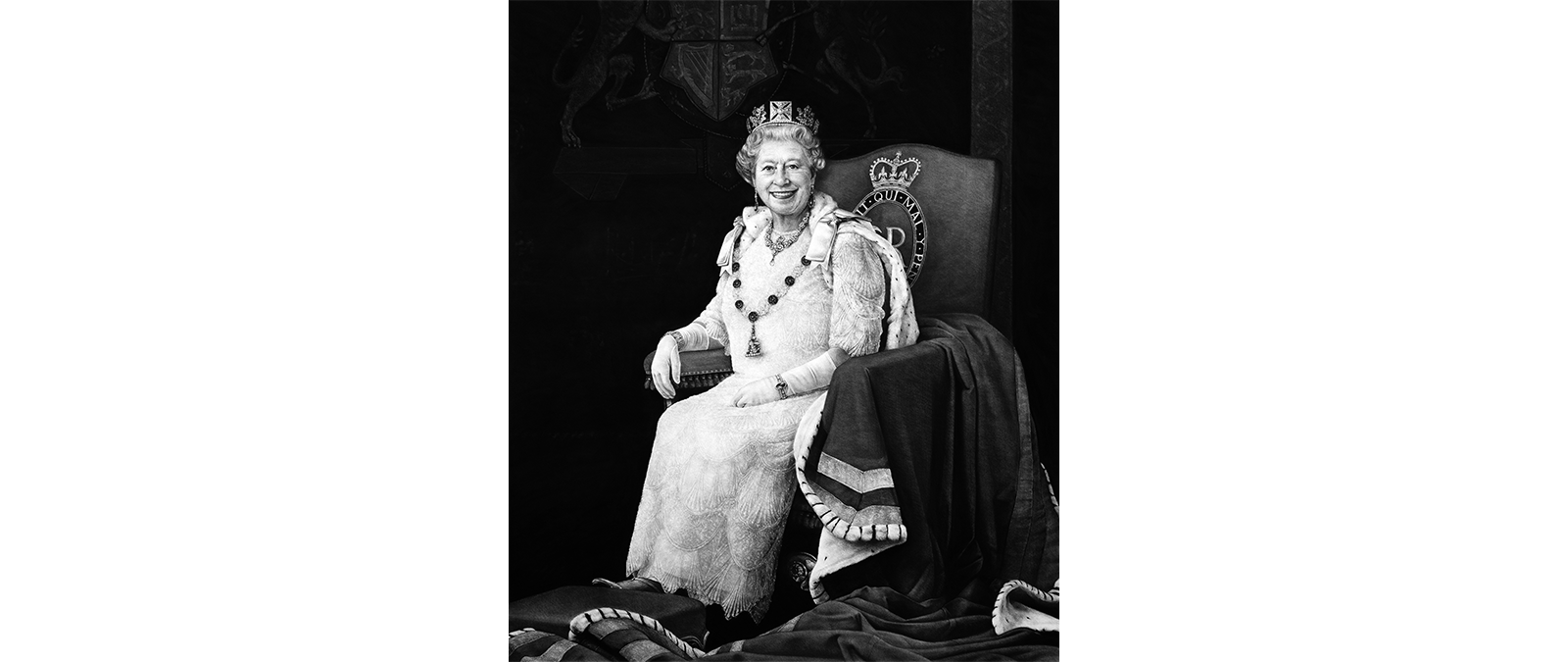SALVAT FOUNDATION ACQUISITION
17.11.2022
"Queen Elizabeth II" by Kepa Garraza
The work “Queen Elizabeth II” by the Basque artist Kepa Garraza has recently joined the Salvat Collection of contemporary art. Made with compressed charcoal on paper, the artist once again shows his virtuosity in the technique of drawing.

KEPA GARRAZA, "Queen Elizabeth II" (2022) Compressed charcoal on paper, 180 x 150 cm.
"Through the series of drawings that make up 'Propaganda' I want to analyze the aesthetics of power and its codes of representation throughout history. For this purpose, I have used a series of images that have been used as political, military or revolutionary propaganda from ancient Egypt to present day. The selection of these images corresponds to personal preferences and to a very specific way of reading and understanding history. Therefore, art history has a basic importance in the development of this project, since an important part of the images that I will use as references to make these drawings belongs to paintings and sculptures that have been used as a political tool along the centuries. Photography and cinema are obviously two other direct reference sources, especially for those works that refer to events that took place in the 20th and 21st centuries. With this project I intend to reflect on the role of art in our society, highlighting something that is not new: the political and social dimension of art and its inevitable influence on how history is told."
